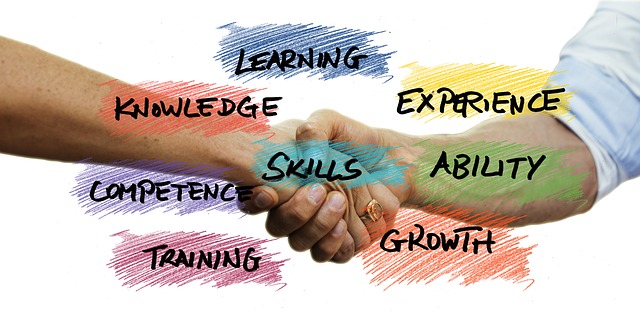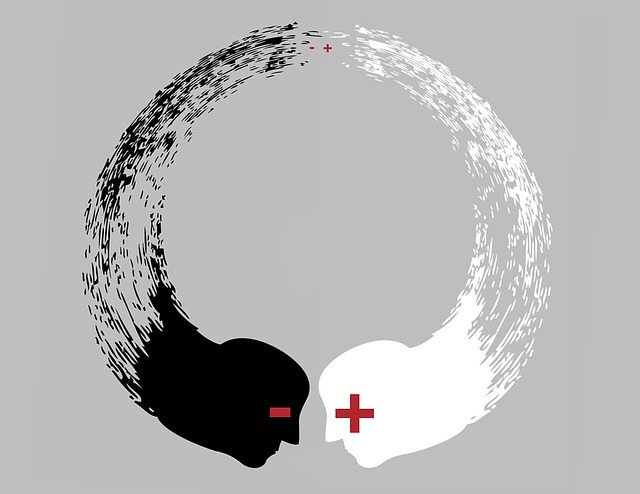In a previous post, I discussed mindfulness for ourselves and others. In this particular post, I will explore specific ways in which our mindfulness helps others. Mindfulness is not only about developing calmness and relaxation for ourselves; it also involves being aware of our connectedness and the impact that our words and actions have on the well-being of others. It pays to be conscious of how we positively impact the welfare of others as this can motivate us to sustain our regular practice of mindfulness.
Ways in which our mindfulness practice helps others
Often, we are not conscious of the impact of our words and actions on others, but every interaction has consequences, whether helpful or harmful. Here are six ways our mindfulness can be helpful for others:
1. Mood contamination: Research confirms that our mood is contagious, especially if we are a leader (formal or informal). We can all relate to an intimate relationship situation or work situations where one person’s “bad mood” contaminates the relationship or the work environment. We often speak of toxic workplaces where a negative or cynical emotional environment, emanating from one person or a group, is harmful and negatively affects our life outside work as a well as within it. Research shows that mindfulness practices such as Tai Chi lead to an improved mood – a more positive, energetic and empowered outlook on life, which positively impacts those around us. Mindfulness practices enable us to bring calmness and equanimity to our workplace or interactions away from work – our calm demeanour can develop calmness in others. This was brought home to me in a recent workshop at the end of a 4-month management development program that I was co-facilitating. A participant approached me and thanked me for the workshops we had conducted and especially for my “calmness” because it created a very positive learning environment for her. I was not conscious of my own calmness, let alone the impact that it was having on participants. However, I was conscious of the fact that I had been undertaking mindfulness practices such as meditation, Tai Chi and reflection leading up to, and during, the program.
2. Listening for understanding: One of the kindest things we can do for others is to be really present to them and actively listen to what they have to say. This entails listening for understanding, being curious about the other person and their life situation – not interrupting and trying to establish our credibility by telling stories about ourselves and our achievements. Listening communicates that we value the other person, that we acknowledge their uniqueness (in the best sense of the word) and that we are interested in them and what they have to say. It also involves what Frank Ostaseski describes as cultivating a “don’t know mind” – a mental state that is curious and willing to learn from everyone, including children.
3. Self-regulation: With the degree of self-awareness and self-control that we develop over time through mindfulness practices, we are less likely to “fly off the handle” or use angry words or actions towards others. We are better able to identify the negative stimuli that trigger us (e.g. an explicit or implied criticism) and respond more appropriately when interacting with others. It does not mean that we are never triggered by others but that we have more effective ways to deal with negative stimuli. We are also less likely to harbour resentment if we undertake mindful reflection on our past experiences in which we felt hurt.
4. Sense of connection leading to kindness: One of the key outcomes of mindfulness practices is the development of our sense of connection. Through awareness of our connectedness, especially through a shared sense of pain and suffering in these challenging times, we are more empathetic towards others. We are more likely to take compassionate action towards those in need – compassion that is enhanced by mindfulness practices such as loving-kindness meditation.
5. Gratitude: Through mindfulness practices we can readily develop gratitude towards others and savour what we have in life. We can really appreciate our friendships, intimate relationships and our work colleagues – and be willing to express our gratitude. Where there is a strong sense of gratitude, there is no room for the destructive force of envy. Gratitude meditation helps us to savour every aspect of our life, so that we consciously savour what we have in our life and our unique experiences. It also enables us to value our minds and bodies and bodily sensations, rather than indulging our harmful inner-critic or feeling the need to please in an unhealthy way.
6. Sympathetic joy: Mindfulness enables us to experience joy when others achieve or experience good things in their life. We are not mired in envy because they have achieved something that we have not. We can be positive and joyful for their good fortune and express our sympathetic joy to them. This stance communicates valuing the other person and actively builds relationships, rather than diminish them through “superiority conceit”.
Reflection
Being conscious of the potential positive impact of our mindfulness for others, enables us to sustain our mindfulness practices and enhances our relationships, whether passing or intimate. As we grow in mindfulness through meditation, reflection and other mindfulness practices, we can bring to our interactions a sense of calm and a positive mood, increasing self-regulation, enhanced ability to be present and listen to others, a strong sense of appreciation and a developing sympathetic joy that enables us to rejoice in the good fortune of others.
________________________________________
Image Source: Ron Passfield 16.8.2020
By Ron Passfield – Copyright (Creative Commons license, Attribution, Non-Commercial–No Derivatives)
Disclosure: If you purchase a product through this site, I may earn a commission which will help to pay for the site, the associated Meetup group and the resources to support the blog.



